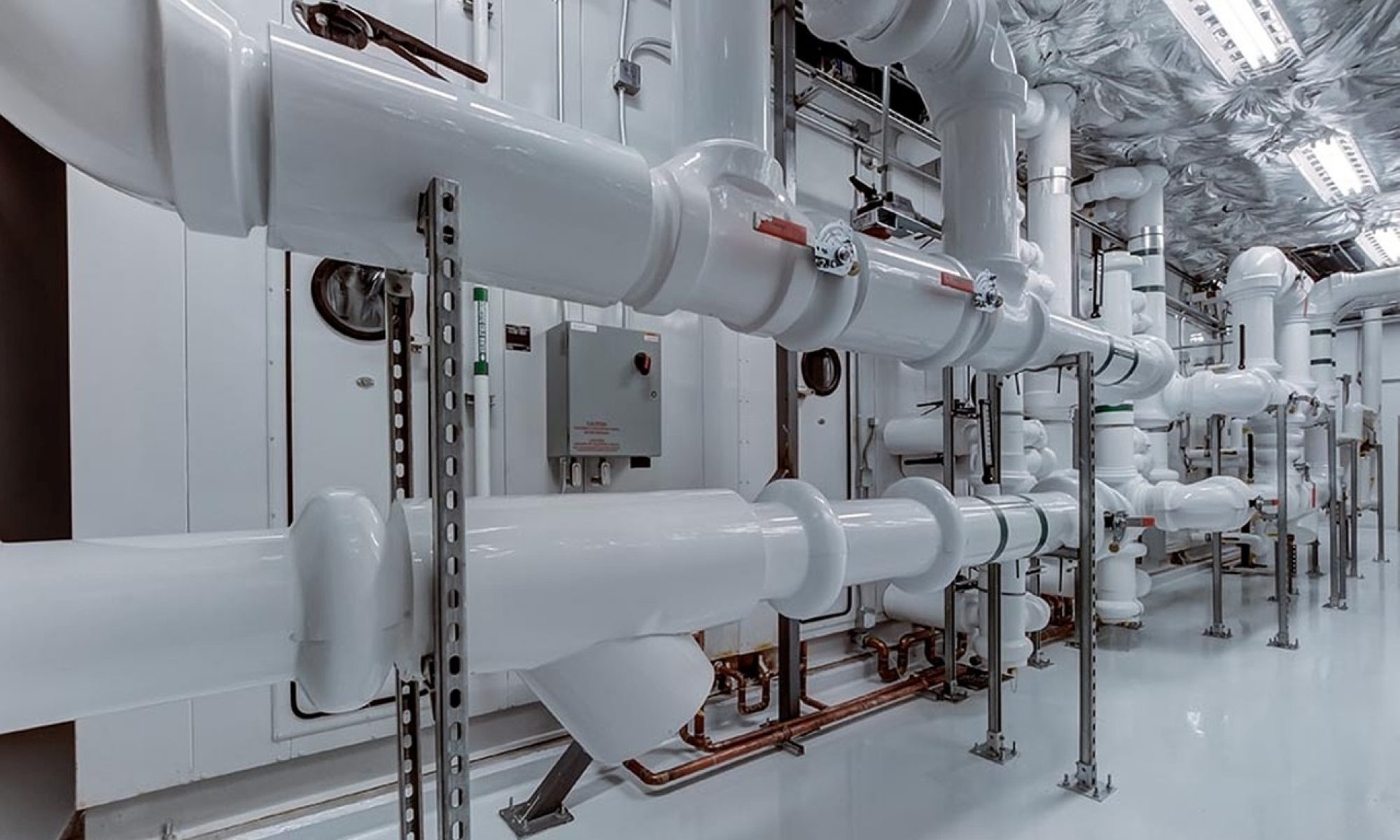Louisiana Homeowners: Why 2025 Is Your Best Year to Switch to Heat Pumps
If you’ve been considering upgrading your heating and cooling system, 2025 presents an unprecedented opportunity for Louisiana homeowners. Federal tax credits covering up to 30% of the cost of installing electric HVAC systems are now available, with the heat pump tax credit reducing your income tax liability by up to $2,000 per year. Combined with Louisiana’s unique climate challenges and rising energy costs, the stars have aligned to make heat pump installation more attractive and affordable than ever before.
The Federal Incentive Game-Changer
The continued push toward HVAC electrification focuses on reducing reliance on fossil fuels for heating by promoting all-electric systems like heat pumps, supported by federal and local incentives, with the Inflation Reduction Act (IRA) offering a tax credit of up to $2,000 for qualifying heat pump installations that meet specific energy-efficiency ratings. For many Louisiana families, this means thousands of dollars in savings on what would otherwise be a significant home investment.
What makes 2025 particularly urgent is the political landscape. Trump’s new bill HR1 has set in motion a series of unfavorable changes that will significantly impact homeowners considering energy-efficient upgrades, making it much more expensive. Tax credits originally scheduled to expire after December 31, 2032 are now ending after December 31, 2025, creating a narrow window for homeowners to take advantage of these substantial savings.
Why Heat Pumps Make Sense in Louisiana
Louisiana’s climate presents unique challenges that modern heat pumps are perfectly designed to handle. Heat pumps are extremely efficient, using at least two to three times less energy than traditional heating systems, and advances in technology have made heat pumps suitable for cold climates, with modern cold-climate heat pumps operating effectively in temperatures well below 0 degrees Fahrenheit.
For Louisiana homeowners dealing with high humidity and temperature extremes, heat pumps equipped with advanced air purification technologies like HEPA filters, UV-C light, and bipolar ionization tackle allergens, VOCs, and pathogens, while humidity control reduces mold, improves comfort, and protects your home’s structure through built-in dehumidification and humidification features.
The Technology Evolution
Smart thermostats like Ecobee and Nest have already changed how we manage indoor temperatures, but in 2025, the next generation of smart HVAC systems will go further, with heat pumps integrated into full smart home ecosystems working in harmony with devices like blinds, ceiling fans, and lighting systems. This integration means your system can automatically optimize energy usage based on weather patterns, occupancy, and your family’s daily routines.
Heat pumps and solar panels make a perfect pair, with more homeowners pairing their heat pumps with rooftop solar to slash energy costs and reduce their carbon footprint, as systems that integrate solar PV, battery storage, and heat pumps allow you to heat and cool your home using clean, on-site electricity, with home batteries storing excess solar power for nighttime or peak-rate periods.
Local Considerations for Louisiana Homeowners
In the Greater Baton Rouge and New Orleans metro areas, where summer cooling costs can be astronomical, the efficiency gains from heat pumps translate to significant monthly savings. Homeowners switching from inefficient HVAC systems that run on fuel oil, propane, or traditional electric resistance can save around $898 per year.
Louisiana’s frequent power outages during storm season make the reliability and efficiency of modern heat pump systems particularly valuable. Unlike traditional systems that require separate heating and cooling components, heat pumps provide year-round comfort with a single, more reliable system.
When Your Current System Needs Attention
If your current HVAC system is showing signs of wear – frequent breakdowns, rising energy bills, or inability to maintain consistent temperatures – it might be time to consider a heat pump upgrade. When you need professional air conditioning repair, it’s often the perfect opportunity to evaluate whether replacement with a more efficient heat pump system makes financial sense, especially with current incentives.
The use of ductless HVAC systems has increased rapidly in recent years and is set to continue in 2025, with ductless AC and heat pump systems becoming extremely common in new home construction as they provide an excellent alternative to central HVAC systems, offering significant advantages in terms of space requirements, energy efficiency, and temperature control.
Making the Investment Decision
The average homeowner installing a mid-efficiency heat pump should expect to pay $9,000–$12,500, but that number can drop fast with the right rebates and setup. When you factor in the federal tax credit of up to $2,000, potential utility rebates, and long-term energy savings, the return on investment becomes compelling.
Electric HVAC systems like heat pumps offer both heating and cooling, eliminating the need for separate systems and helping to reduce greenhouse gas emissions while being more energy-efficient. For Louisiana homeowners concerned about environmental impact and energy costs, this dual benefit makes heat pumps an attractive long-term investment.
The 2025 Window Is Closing
The combination of federal incentives, advancing technology, and Louisiana’s climate needs creates a perfect storm of opportunity in 2025. You can claim the heat pump tax credit more than once – if you install a heat pump HVAC system this year, you can claim your $2,000 credit when you file your 2025 taxes.
With political changes threatening to eliminate these incentives and energy costs continuing to rise, Louisiana homeowners who act in 2025 position themselves for decades of comfortable, efficient, and cost-effective home climate control. The question isn’t whether heat pumps make sense for Louisiana homes – it’s whether you’ll take advantage of this historic opportunity while it’s still available.

